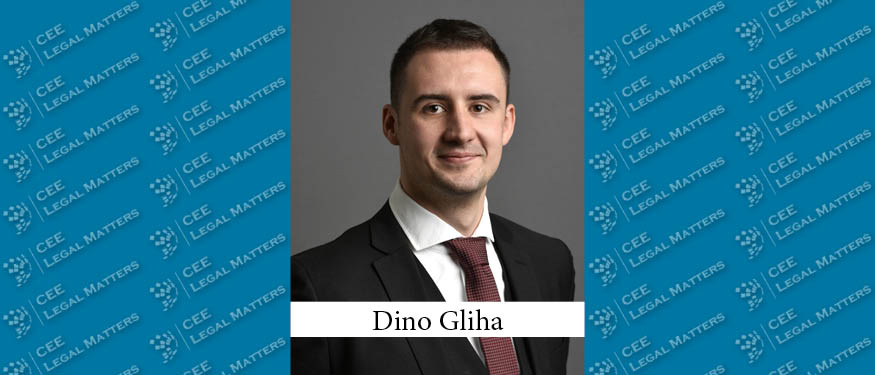In the past few years, the global community has faced the acute challenges of the COVID-19 health crisis and the war in Ukraine, which significantly impacted the continuing rapid increase of prices in the building industry. The main reasons for the rising prices of building materials were initially linked to the health crisis, as many production facilities were closed and production was severely delayed. Once the post-closure period started, demand for materials worldwide surged, exceeding supply.
The war in Ukraine additionally triggered particularly severe disruptions to global markets for critical raw materials and it produced an unprecedented increase in energy prices. Consequently, legal questions relating to the issue of significant increases in the prices of building materials have arisen, e.g., the extent to which a contractor can increase its prices in case of price fixation clauses.
In the Slovenian legal system, construction contracts are regulated in the special part of the Code of Obligations (the OZ). In practice, there are many different ways of determining the price in a construction contract, including using the invariability of price clause (also a fixed price clause), which represents a significant departure from the principle of monetary nominalism and, due to the economic effects of the COVID-19 epidemic and the war in Ukraine, could in itself lead to a significant imbalance in the contractual obligations between the contracting parties. Even if the parties to a construction contract have explicitly agreed that the price will not change, it may be changed if certain stipulated conditions are met. Article 656 of the OZ sets out the legal consequences of an increase in the prices of the elements when the invariability of price clause is included in the construction contract. The contractor may in such cases demand a change of price if the prices for elements rise so that the price for the works should be more than 10% higher. The contractor is thus entitled to request a change in the contract price only to the extent of a price difference exceeding 10%, demonstrating a clear delineation of the risks of price changes between the principal and the contractor, provided that the construction contract contains an invariability of price clause. The risk of price increases of up to 10% of the starting value is borne by the contractor, while the principal bears the risk of higher price increases.
Many of the major real estate projects in Slovenia, which started before the outbreak of the COVID-19 epidemic or the outbreak of the war in Ukraine, were subject to an invariability of price clause, which led to the frequent application of Article 656 of the OZ in practice. Since these events caused the first widespread application of that article since 2002 (when the OZ entered into force), the problem of demonstrating price variation in construction contracts has arisen in practice. Namely, the OZ does not provide a methodology to serve as a basis for demonstrating price increases, and there is still no settled case law on this question. According to some legal theorists, the index method (i.e., the percentage of the price increase is determined by applying various indexes) should be applied in a specific case, rather than the analytical method (i.e., also by other means of proof, such as specific documents). As the burden of proof regarding price increases is on the contractor, the index method favors contractors, making it much easier to prove price increases. However, from the point of view of investors, the index method is less favorable as it is in their interest to be held responsible only for concrete price increases.
In our opinion, all provided evidence should be found relevant and admissible when establishing the actual price increase. Based on a free assessment of the evidence principle, the court should then decide in what percentage a price increase actually occurred in a particular case. This would be the only way to avoid lump-sum estimates of the amount of the price increase and to avoid passing on the burden of the increased prices of building materials to investors. The answer to this question will ultimately be shaped by Slovenian case law in the following years.
By Maja Subic, Partner, and Luka Rzek, Associate, Senica & Partners
This article was originally published in Issue 10.3 of the CEE Legal Matters Magazine. If you would like to receive a hard copy of the magazine, you can subscribe here.
















